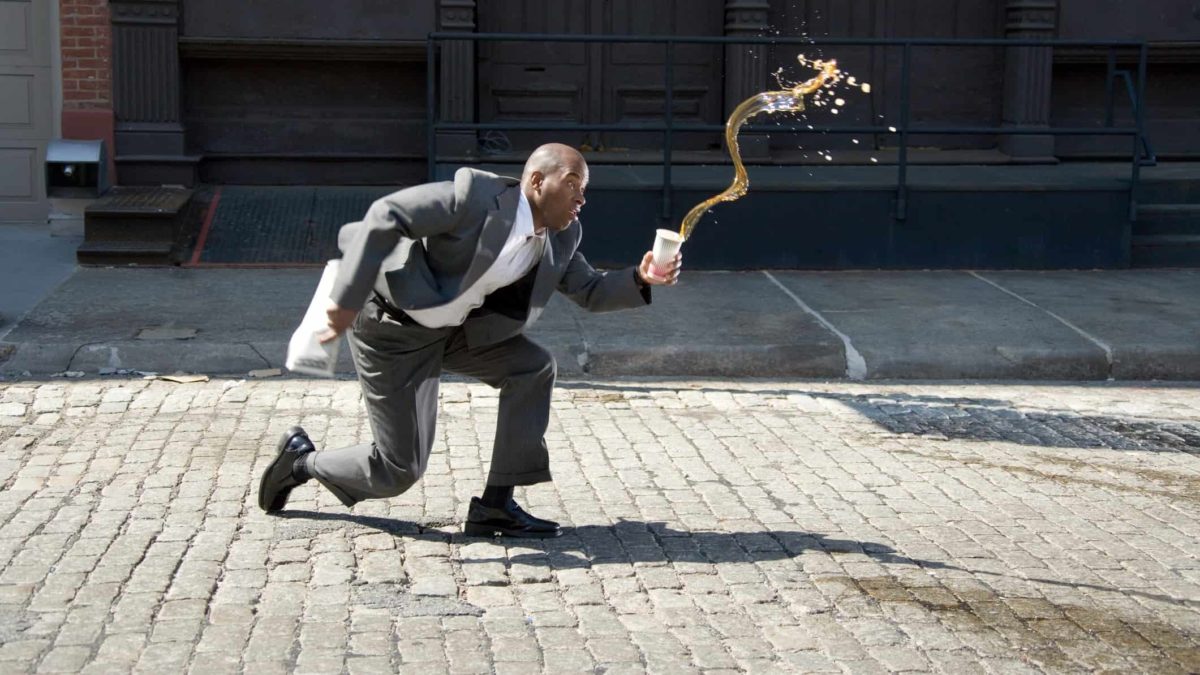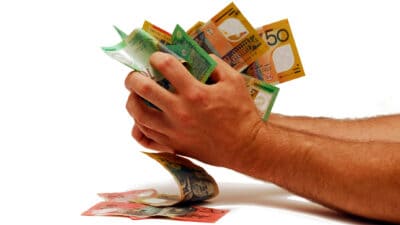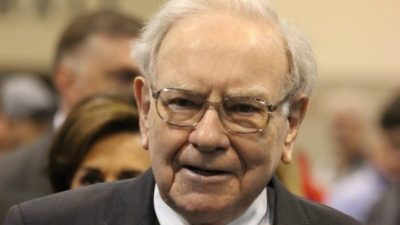Legendary American investor Peter Lynch, who managed Fidelity Magellan Fund from 1977 to 1990, boasted an average annual return of 29%.
He wrote two bestsellers — One Up On Wall Street and Beating the Street — in which he advocated a pragmatic approach to investing, focusing on understanding one's own assets.
A lesser-known fact about him is that he has a great sense of humour. In his speech in 1997, Peter Lynch wittily shared what he thought were the investment mistakes people should avoid.
These points are still valuable to any investor after nearly two decades. I have summarised three mistakes highlighted by Lynch below with some examples relevant to ASX investors.
This stock has fallen (risen) so much and can't go lower (higher)
Known as 'anchoring bias' in psychology, investors tend to rely heavily on the first piece of information, such as the purchase price of a stock, when making decisions. However, this can be a costly mistake.
The historical share price movement is not a guide for its future direction. Over the long term, the share price typically follows a company's business performance, regardless of its past share price trajectory.
The good news is that the opposite is true, too. When the stock price has risen so much, it doesn't necessarily mean it's time to sell as long as the company's fundamentals are going strong. Pro Medicus Limited (ASX: PME) is a prime example of this, as my colleague James highlighted in this article.
Don't worry about the stocks that you missed
Speaking of Pro Medicus, are you disappointed that you haven't bought the shares yet? For that matter, have you missed the artificial intelligence (AI) plays, including Nvidia Corp (NASDAQ: NVDA), which just became a US$3 trillion company?
Do not worry. Peter Lynch suggests there's always another good opportunity. Keep calm and carry on with your stock research. You only need a handful of big winners in your lifetime to live comfortably. You don't need to own every single winner in the stock market.
Take investing legend Warren Buffett as an example. He, too, has made some investment mistakes in his career. For instance, his purchase of Berkshire Hathaway Inc Class B (NYSE: BRK.B), a then-failing textile company, was initially a mistake until he transformed it into a successful conglomerate.
However, his remarkable success in investing in Coca-Cola Co (NYSE: KO), Moody's Corp (NYSE: MCO), and Apple Inc (NASDAQ: AAPL) more than compensated for any missteps, earning him immense fame and wealth.
Don't buy the second-best company in a sector
Like any purchase in life, Lynch recommends buying the very best company in one sector. There's a reason why the market leader is what it is, and it usually takes more resources and energy for the market followers to catch up with the winner.
While most market leaders are naturally large-cap companies, this doesn't necessarily refer to the size of the company. Market leaders could be mid-cap companies excelling in their niches on a global scale.
For example, DroneShield Ltd (ASX: DRO) has built its unique market position in the counter-drone industry. As my colleague Zach highlighted, the company is now eyeing the potential for a five-year pathway to $300 to $500 million a year in its revenues.
This is a 10-fold increase from its 2023 revenue of $55 million.
These timeless investing insights and wisdom hold true today and still have the power to teach us to become better investors.









